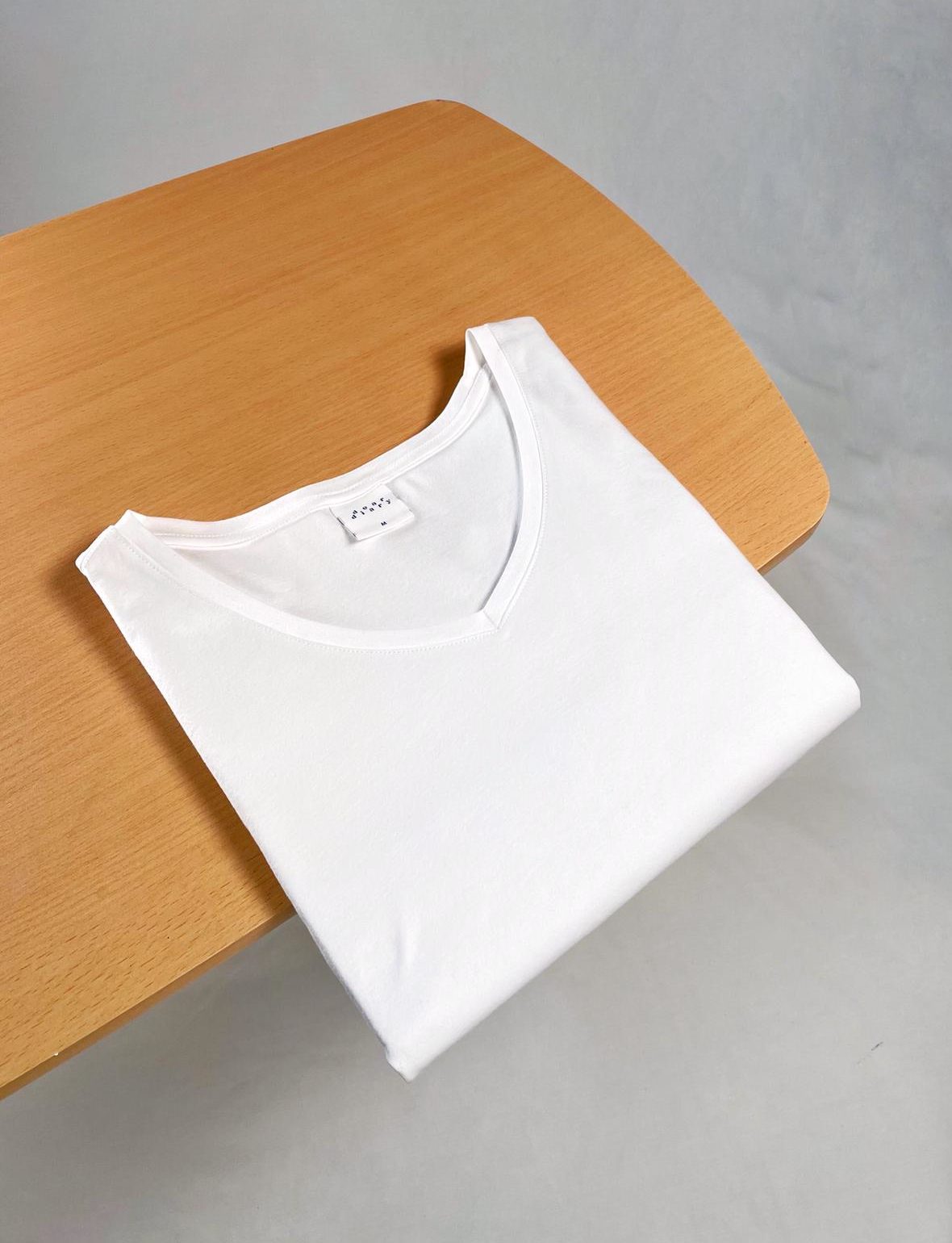
Slow fashion: making sustainable fashion choices
As technology continues to improve, everything must be produced quickly, in large quantities and at a low price, including the clothing industry. Every year, 1.7 billion tonnes of carbon dioxide is produced by the textile industry, making up around 10% of the world’s carbon build-up and contributing to global warming and climate change. As an attempt to oppose this, slow fashion is a sustainable and ethical approach to fashion and the buying habits of consumers, but what exactly is slow fashion and how is it helping the Earth?

Slow fashion– less waste, more durable, create equilibrium
The term slow fashion was coined by Kate Fletcher, professor of Sustainability, Design and Fashion at the University of Arts London, after the movement of slow food began, which promoted the production of whole foods grown locally and prepared with the health of both the soul and body in mind. Slow fashion encourages customers to be mindful of what fashion items they buy; from purchasing large quantities of clothing with a short product lifespan of low quality and throwing them out every season, to buying better quality clothing that has a longer product lifespan in smaller quantities, made from sustainable materials and sources.
Since the rise of fast fashion brands around two decades ago, the exploitation of labour and human rights in developing countries has cost many lives all around the world, simply so that customers can buy clothing at a low price in a short amount of time. The Pulse of Fashion Industry’s 2018 report summarises that ‘much of today’s production is designed neither for longevity nor recycling, but rather for short life cycles to encourage consumers to buy anew’.
How slow fashion differs from fast fashion
The term slow fashion was coined by Kate Fletcher, professor of Sustainability, Design and Fashion at the University of Arts London, after the movement of slow food began, which promoted the production of whole foods grown locally and prepared with the health of both the soul and body in mind. Slow fashion encourages customers to be mindful of what fashion items they buy; from purchasing large quantities of clothing with a short product lifespan of low quality and throwing them out every season, to buying better quality clothing that has a longer product lifespan in smaller quantities, made from sustainable materials and sources.
Since the rise of fast fashion brands around two decades ago, the exploitation of labour and human rights in developing countries has cost many lives all around the world, simply so that customers can buy clothing at a low price in a short amount of time. The Pulse of Fashion Industry’s 2018 report summarises that ‘much of today’s production is designed neither for longevity nor recycling, but rather for short life cycles to encourage consumers to buy anew’.

Author: Vivien Tam
Editor: Janice Ho / Vivien Tam
Graphics: Evelyn Hung / Gabriel Tao



